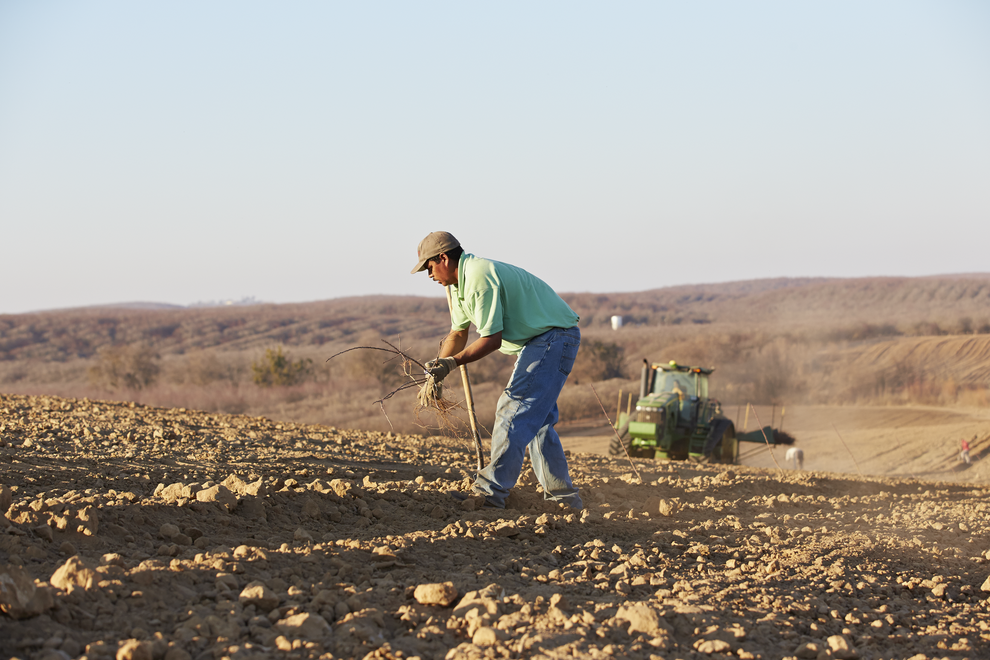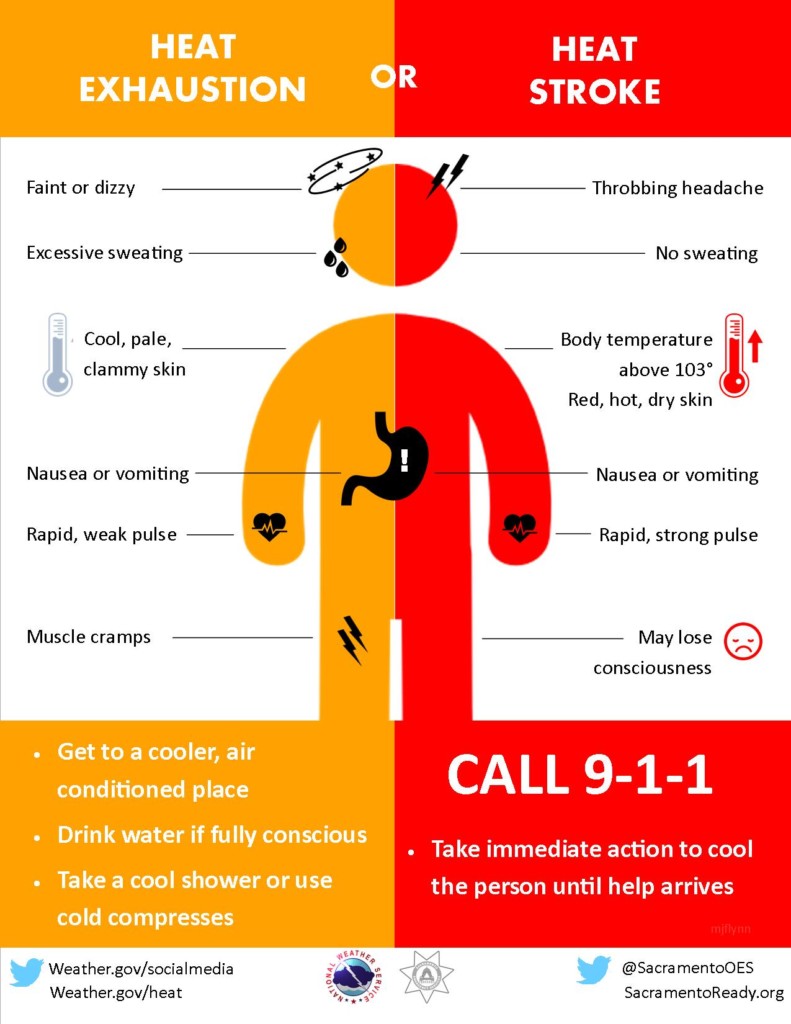As temperatures continue to rise in the Central Valley, it is important for growers to understand not only the precautions they should take to keep employees safe while working in the heat but also the elements of regulatory compliance related to heat illness prevention.
According to the California Division of Occupational Safety and Health (Cal/OSHA), the most frequently cited violations in agriculture under the Heat Illness Prevention Standard are 1) failure to have a Heat Illness Prevention Plan in the field, 2) a lack of heat illness prevention training, and 3) a failure to provide adequate shade and water.
In order to ensure compliance and avoid regulatory discipline, AgSafe has provided a guidance on what a prevention plan and trainings should look should, in addition to what qualifies as “adequate shade and water.”
Heat Illness Prevention Plan: What must it include?
A grower or company’s written Heat Illness Prevention Plan must include the following elements as well as specific details as to how that entity will ensure each provision is met:
- the designated person(s) that have the authority and responsibility for implementing the plan in the orchard,
- procedures for providing sufficient water,
- procedures for providing access to shade,
- high-heat procedures,
- emergency response procedures (don’t forget your lone workers such as irrigators), and
- acclimatization methods and procedures.
When drafting your plan, it is important to consider the size of your crew, the length of the work day, the ambient temperatures and any additional personal protective equipment (PPE) that contributes as an additional source of heat. The plan needs to be provided in English and the language understood by the majority of the employees (if other than English). Finally, the plan must be located at the worksite and easily accessible to employees.
The Ins and Outs of Heat Illness Prevention Training
Employee training needs to be conducted before an employee begins a shift that could result in the risk of heat illness. Each training should cover the following:
- the environmental and personal risk factors associated with heat illness, as well as the added burden of heat load on the body caused by exertion, clothing and personal protective equipment;
- the employer's procedures for complying with the plan’s elements including the employer's responsibility to provide water, shade, cool-down rests and access to first aid as well as the employees' right to exercise their rights;
- the importance of frequent consumption of small quantities of water throughout the workday;
- the concept, importance and methods of acclimatization;
- the different types of heat illness, common signs and symptoms, and appropriate first aid and emergency responses to the different types of heat illness (must also mention that heat illness may progress quickly from mild symptoms to serious and life-threatening illness);
- the importance of immediately reporting to the employer – directly or through the employee's supervisor – signs or symptoms of heat illness experienced by an employee or his/her co-worker/s;
- the employer's procedures for responding to signs or symptoms of possible heat illness, including how emergency medical services will be provided should they become necessary;
- the employer's procedures for contacting emergency medical services and, when necessary, transporting employees to a location where they can be reached by an emergency medical service provider; and
- the employer's procedures for ensuring that, in the event of an emergency, clear and precise directions to the work site can and will be provided as needed to emergency responders. These procedures should include designating a person to be available to ensure that emergency procedures are initiated when appropriate.
Beyond just employee trainings, supervisor trainings needs to be completed prior to supervising employees and include the following topics:
- all of the topics covered during employee training (listed above),
- the procedures the supervisor is to follow to implement the heat illness prevention plan procedures,
- the protocol a supervisor is to follow when an employee exhibits signs or reports symptoms consistent with possible heat illness, including emergency response procedures, and
- how to monitor weather reports and how to respond to hot weather advisories.



